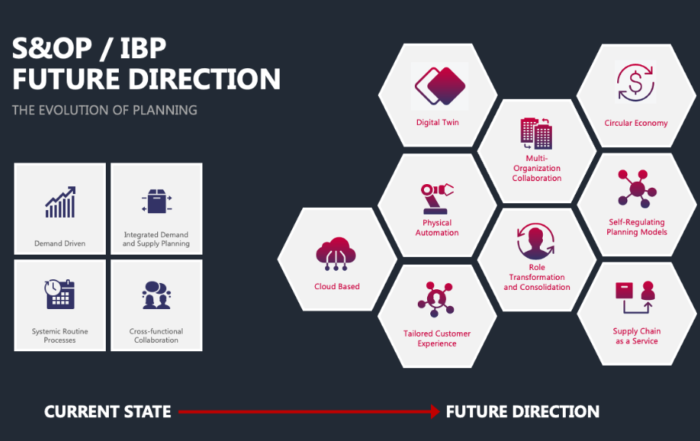Arkieva Supply Chain Link Blog.
Creating the link between better supply chain planning and decisions.
RECENT POSTS
What is Statistical Forecasting? A Snowfall-based Explanation
During the last storm, I was watching the snow plows go to work and thinking about the amount of planning that must go into the resources needed to deal with the snow - what with salt, and plows needed. That must be a whole supply chain.
An Example of When Optimization Is Helpful in Supply or Central Planning
Use this example as a starting point to understand the different optimization methods, and when optimization is helpful in supply or central planning.
Do Returns Impact My Forecast Error Calculation Negatively?
Should you factor returns in your forecast error calculation? In this article, we’ll use a sample data set, to demonstrate if you should consider returns when calculating your forecast errors.
Two Simple Examples to Help You Understand How Supply Chain Optimization Algorithms Work.
I work with clients that utilize our supply chain optimization software to maximize their resources. In my upcoming webinar “Should I Optimize My Supply Chain Planning?” I’ll dive deeper into the concepts of supply chain optimization and show examples of when it’s ideal to optimize and when it’s less ideal. In today’s blog post, I’d like to simplify this concept by looking at some basic equations and scenarios to explain how “solvers” or supply chain optimization algorithms work.
Going Digital? Things to Consider When Creating a Digital Supply Chain Strategy
A digital supply chain is a supply chain network (DSN) that focuses on using digital systems or technology tools to reduce the need for disparate systems through connectivity; eliminating manual processes and leveraging the data that is available through these systems to enhance the entire supply chain network.
Should I Use Order Lead Time for Demand Segmentation?
To set the foundation for this discussion, let us first look at the definition of order lead time. Order lead time is the time gap between the date when a customer places an order and when they expect to receive the product. Typically, in a B2B environment, the expectation is that there will be some gap between the two dates, and in many cases, this gap can be negotiated.
Can Demand Segmentation Improve Your Statistical Forecast?
Imagine a demand planner working with 10,000 unique combinations. One of the not so envious tasks for this person would be to generate statistical forecast for all these combinations. These days, the statistical forecasting tools available on the market can forecast these combinations using a list of forecasting methods and figure out which method works best for a particular combination.
Study Reveals 50% Adoption Rate for Supply Chain Planning Solutions
In a recent study, Gartner estimates that 50% of Supply Chain Planning Solutions are not fully utilized1. How can organizations ensure that they have the user adoption needed to attain the full benefits from their existing or new supply chain solution?
How to Track Your Inventory Stock Out Levels Using These Severity Codes & Alerts
In an ideal world, your products would have on-shelf availability whenever your customer needs them. However, this is often not the case for many businesses. It’s also essential to note that, not all stock outs or out-of-stock(OOS) carry the same severity levels or require the same form of actions. In this blog post, we’ll discuss a simple coding system using descriptive analytics that can help you easily identify different severity levels for your stock out.
Transform Your Supply Chain Into a Competitive Edge
Ask for a one-on-one demo of the Arkieva supply chain planning solution














